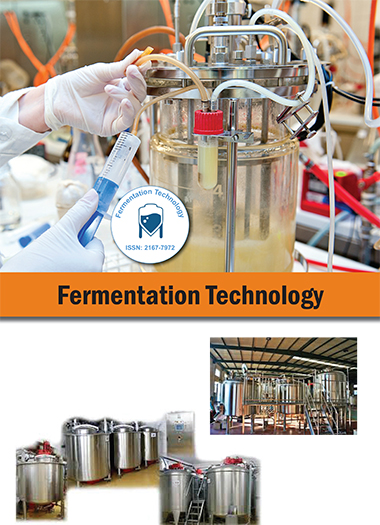インデックス付き
- Jゲートを開く
- Genamics JournalSeek
- Global Online Research in Agriculture (AGORA) へのアクセス
- レフシーク
- ハムダード大学
- エブスコ アリゾナ州
- OCLC-WorldCat
- パブロン
役立つリンク
このページをシェアする
ジャーナルチラシ

概要
Prevalence of Proteobacteria and Armatimonadetes phyla in a Photobioreactor under Carbon- and Nitrogen-Free Production Process
Patricia Tamez-Guerra, Jesús O. Zuñiga-Sanchez, Alonso A. Orozco-Flores, Jose A. Valadez-Lira, Cristina Rodriguez-Padilla, Rosa O. Cañizares-Villanueva and Ricardo Gomez-Flores
In prokaryotes, the autotrophic population within the bacteria kingdom presents great biotechnological potential. For taxonomic analysis of species, the sequence encoding the small subunit ribosomal RNA gene (16S rRNA) is currently the most reliable technique for phylogenetic bacterial classification. Sequencing can define the population diversity and ecological importance within a habitat. The study of autotrophic bacteria population dynamics in a photobioreactor using a carbon and nitrogen free culture medium could provide information about succession dynamics under controlled conditions. The aim of this study was to identify the bacterial populations present in a photobioreactor by 16S rRNA amplicon sequence comparison from samples taken at 0, 7, and 14 fermentation days. Most of the identified clones were described to the level of genera from the following phyla: Proteobacteria (40%), Armatimonadetes (35%), Firmicutes (17.5%), Actinobacteria (2.5%), and Cyanobacteria/Chloroplast (2.5%). Bacterial strains from those phyla have been reported in aquatic environments and were considered uncultivable; however, sequences indicated the presence of the clones A-123 (ID: HQ860522.1) from time 0, and YHS25 (GU305825.1) after 7 days of culture. Our findings demonstrated the major presence of autotrophic bacterial populations of the Proteobacteria and Armatimonadetes phyla, which grew under artificial culture conditions in a photobioreactor.